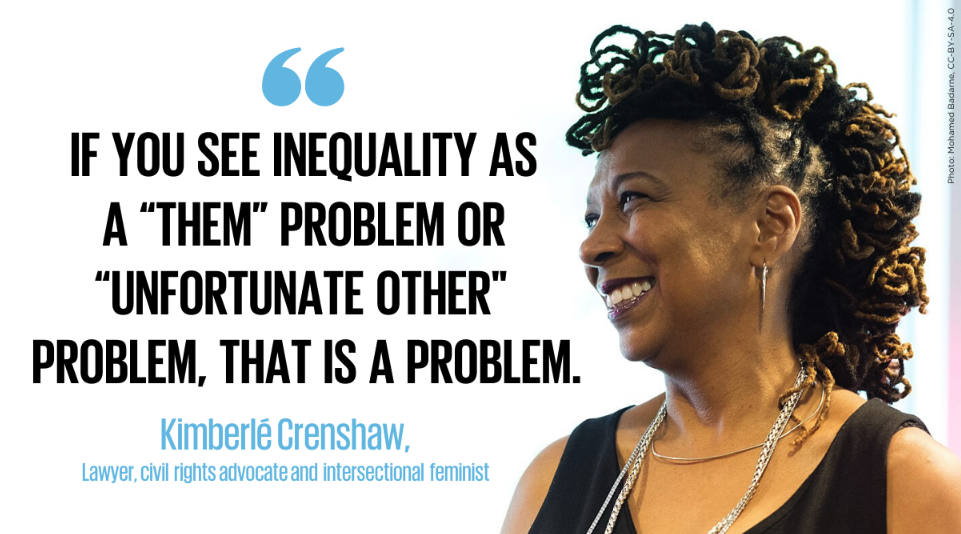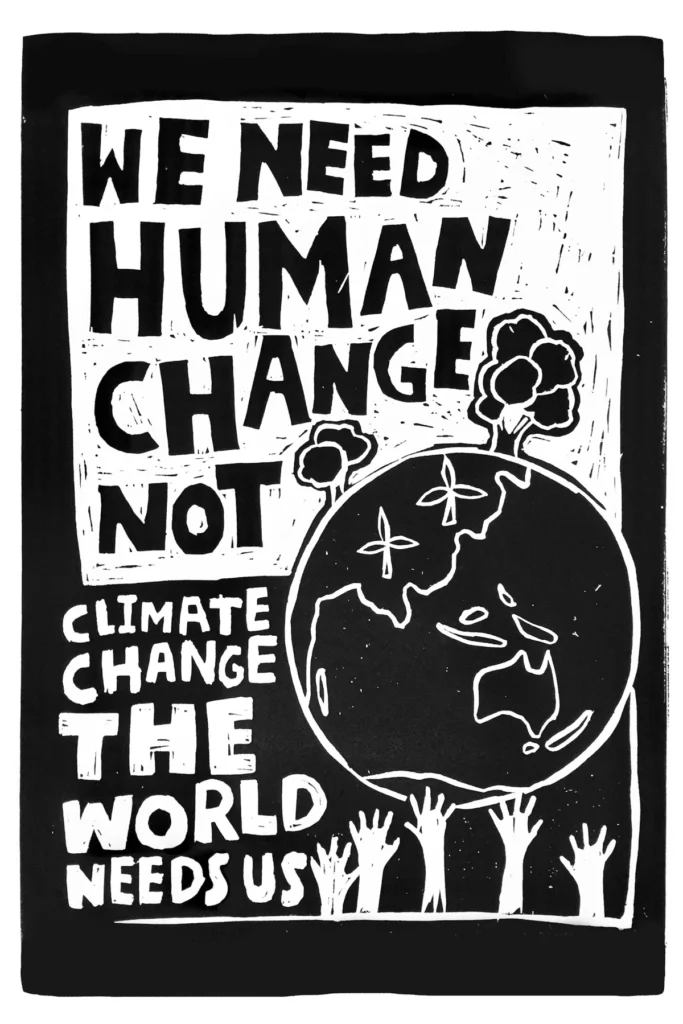Did you ever ask yourself to which extent our social position, ethnicity, and background have a role in shaping our perspective on environmental challenges?
Answering this question is fundamental, as these factors significantly influence how we perceive and engage with environmental issues – both personally and within our governmental systems.
United Rising’s key aim with this article is to demonstrate that building a sustainable system requires, first, acknowledging our limited beliefs shaped by our background, education, culture, and so on – ultimately, to transcend them and open to a more inclusive system. Indeed, reflecting on these factors and acknowledging their potential influence on our perspective, is paramount to developing a more nuanced and informed understanding of environmental challenges. This can help us to engage in more effective and equitable environmental actions and to work towards solutions that consider the diverse perspectives and experiences of different communities.

The dominant discussion around climate change, pollution, and deforestation, often only remained tied to environmental factors per se. This mainstream approach deals with upfront issues in an extremely fragmented manner rather than holistically.
Climate change and deforestation are issues that are NEVER the just about environment. This bold statement, helps us to redirect our attention to the fact that the management of these issues is deeply rooted in our power structures and history. These are key factors that shape our decision-making process and which, frequently, evaluate only a small portion of the population’s needs or side of the globe. Here is where intersectionality comes into play, to mitigate this widespread approach.
The term “Intersectionality”
The term intersectionality was first introduced by Kimberly Crenshaw in 1991, a black American teacher, lawyer, and leading scholar of critical race theory, in the context of the oppression of African American women in the feminist movement.
“All inequality is not created equal”, she says. Specifically, she addressed how, at the time, the feminism crisis management did not address the issue inclusively – lacking the integration of the perspective of a variety of women coming from different social classes, ethnicities, sexuality, abilities, etc. Consciously and unconsciously, the main focus remained on white, middle-class, heterosexual, able-bodied women.

Intersectional feminism is a “prism for seeing the way in which various forms of inequality often operate together and exacerbate each other”. With this statement Crenshaw recognizes that distinct types of discrimination and privilege do not exist in isolation, but rather interact and overlap, resulting in complex and frequently compounded experiences of oppression and marginalization.
Understanding Intersectional environmentalism
Intersectional environmentalism is built on the aforementioned key premise. It is a lens to look at our environmental problems, also with attention to particular structures and social challenges in our world. Therefore, it comes down to determining whether the topic we are analyzing takes into account the different experiences and needs of various types of people.
Intersectional Environmentalism is comprehensively defined by Leah Thoman, activist and founder of the NGO “IE”, as follows: “This is an inclusive version of environmentalism that advocates for both the protection of people and the planet. It identifies the ways in which injustices happening to marginalized communities and the earth are interconnected. It brings injustices done to the most vulnerable communities, and the earth, to the forefront and does not minimize or silence social inequality. Intersectional Environmentalism advocates for justice for people + the planet.”

In other words, the intersectional environmentalism framework acknowledges that environmental injustices and the marginalization of vulnerable groups are interconnected.
Hence, employing an intersectional perspective necessitates acknowledging the historical contexts of a given issue. Long histories of violence and persistent discrimination have produced profound inequalities. Intersecting disparities, such as poverty, hierarchies, racism, and sexism, have deprived individuals of their fundamental and equal rights. It is paramount to acknowledge how, due to colonizing and exploitative tendencies, our worldview is overwhelmingly Eurocentric and, often, Whitecentric.
The effects of environmental crises are not uniform as they affect portions of the population differently in terms of the ability to adapt, mitigate and, in certain cases, survive the environmental crisis. Hence, they should not be treated in the same manner but rather by framing strategies that apply a variety of ideologies and approaches to promote greater respect for the planet and its inhabitants.

Marginalized groups who are more negatively affected by the environmental crisis
It is fundamental to realize that the largest proportion of the environmental detrimental effect mostly lies under the responsibility of the wealthiest – specifically actors such as multinational corporations, cross-border enterprises, labor export, and certain governments. Due to these economic structures, it has been proven that climate change, environmental degradation, and pollutants disproportionately affect Black, Indigenous, and People of Color. Leah Thomas explains that studies have exposed that minority and low-income groups were more likely to reside in areas near hazardous waste sites, landfills, motorways, and other environmental risks.
Some categories of vulnerable communities, such as women and indigenous, have a particular role in the protection of the environment. Unfortunately, despite communities speaking out against injustice, they are frequently regarded as unimportant or ignored.
Here are some examples of environmentally marginalized groups that are more negatively affected by the environmental crisis.
Indigenous
Indigenous people have a key role in the conservation of the ecosystem. They have the capacity to sustain their community while leaving in full harmony and respect for nature. As Indigenous have a strong and sacred connection with Mother Earth, the harmful human activity on the environment heavily affects their community and survival.
Despite Indigenous being fundamental guardians of our ecosystem, they still remain often excluded in decision-making processes – including when taking decisions that directly impact their lives. Only a few countries recognize Indigenous land rights. Hence, the survival of their communities has often been neglected by destructive industries using their lands for mining, logging, pipelines, large-scale agribusiness, etc., without the required consultation.
Another example illustrating the lack of intersectionality in decision-making is governmental conversation plans. Indeed, often these programs are based on the premise that humans should be separated from nature, rather than seeing them as part of it. Therefore, the lack of acknowledgment of the Indigenous custodial relationship with the environment – ultimately sustainable for both them and the ecosystem – has resulted in forceful removal and harm to such communities. Multiple has been occasions in which governments required their mandatory eviction as a result of green energy initiatives including hydropower dams, wind farms, and biofuels.
Black and people of color
Environmental racism is a term used to describe the disproportionate impact of environmental hazards and pollution on marginalized communities, particularly communities of black and of color individuals. It refers to the ways in which groups that are already facing systemic racism and discrimination, are also burdened with a higher level of exposure to environmental risks.

This phenomenon in the US had been particularly relevant in Black and Latinos neighborhoods whereby these groups have often fewer resources and capacity to act due to structural racism and injustices. This has been seen, for instance, during Hurricane Katrina when the heaviest damage hit areas with a large concentration of Black residents. Yet, relief efforts were insufficient and took longer than they did in areas with a higher concentration of White residents and higher incomes.
To conclude…

Emily Dulabic, “We need human change”
As part of our effort to uphold holistic sustainability, UR recognizes that intersectional environmentalism is a vital framework for addressing the complex and interconnected issues facing our planet and its people. Indeed, the traditional approach to environmentalism has often overlooked the ways in which power structures and historical contexts impact marginalized communities – leading to fragmented policies and harmful legislation.
As Kimberly Crenshaw stated: “If you see inequality as a “them” problem or “unfortunate other” problem, that is the problem”. Here is implied the fact that it is essential to view climate change not just as an environmental problem but as a human rights issue. Until we will reconize and actively protect the fundamental rights of each habitant on this planet indiscriminately, we will continue to inefficiently tackle the symptom of environmental issues rather that the deep cause. Therefore, only when recognizing the importance of intersectionality, we can work towards creating holistic solutions that sustainably protect both people and the planet.
Participating at this moment starts with keeping your mind open to diverse voices and perspectives, speaking up for oppressed communities, and working towards dismantling the systemic barriers that prevent equitable access to resources and decision-making power.
